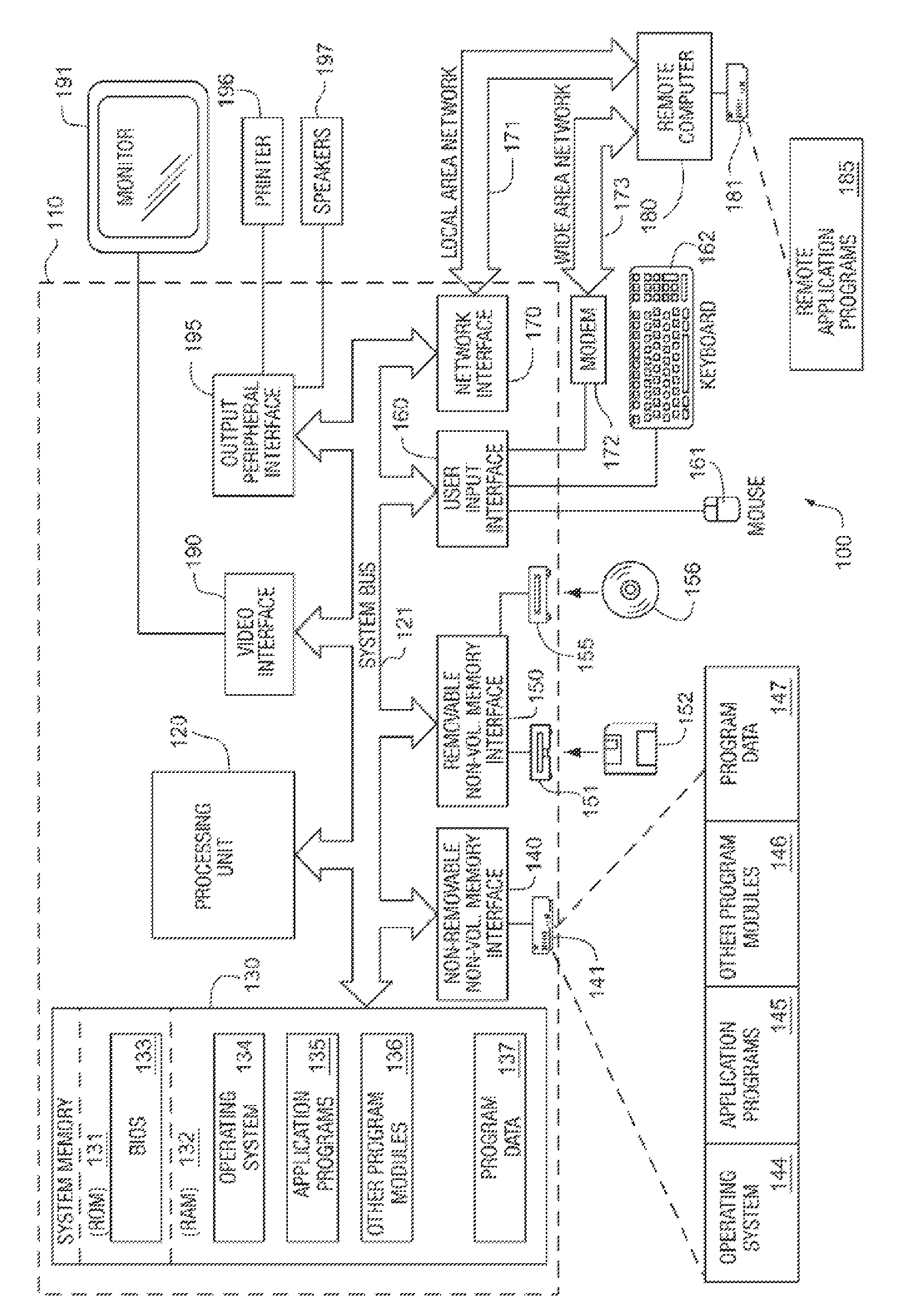Genetic markers for risk management of atrial fibrillation and stroke
a technology of atrial fibrillation and gene markers, applied in the direction of material testing goods, blood coagulation/fibrinolysis factors, botany apparatus and processes, etc., can solve the problems of heart failure, heart arrest or sudden death, irregular heart beat,
- Summary
- Abstract
- Description
- Claims
- Application Information
AI Technical Summary
Benefits of technology
Problems solved by technology
Method used
Image
Examples
example 1
[0300]Atrial fibrillation (AF) is a common condition with a lifetime risk of one in four for men and women 40 years of age and older (Lloyd-Jones, D. M. et al. Circulation 110, 1042-6 (2004)). The disease carries significant mortality as well as morbidity and is a major risk factor for cardioembolic stroke (CES), one form of ischemic stroke (IS). AF increases the risk of stroke four to fivefold across all age groups and accounts for 10-15% of all IS (Lip, G. Y. & Boos, Heart 92, 155-61 (2006)).
[0301]A previous genome-wide association study in Iceland identified sequence variants close to the PITX2 gene on chromosome 4q25 that confer risk of AF and atrial flutter (AFI) (Gudbjartsson, D. F. et al. Nature 448, 353-7 (2007)). To search for additional variants that associate with AF, we increased the Icelandic sample size of this association study to 2,385 AF / AFI cases and 33,752 controls. In a follow up study we used additional study groups of European ancestry as described in the follo...
example 2
Identification of Sequence Variants Conferring Risk of Atrial Fibrillation
[0336]The following describes further identification of nine variants conferring risk for atrial fibrillation on Chromosomes 1, 2, 4, 5, 15, 18 and 20.
[0337]Genome-wide scan of about 3,700 Icelandic patients with Atrial Fibrillation and over 36,000 controls showed association between atrial fibrillation and nine SNPs at various locations in the genome. These were identified as; rs2935888 (chr 1), rs1394796 and rs10490066 (chr 2), rs4560443 (chr 4), rs10077199 and rs7733337 (chr 5), rs10519674 (chr15), rs10516002 (chr18) and rs6010770 (chr 20).
[0338]This association was also confirmed in two additional AF sample sets of European ancestry, namely Norwegian and US. Descriptions of the three study populations, genotyping methods and statistical analysis, were as outlined in Exemplification 1 above. Results are displayed in Table 7.
[0339]
TABLE 6Presenting association of nine variants with AF.Sample(cases / controls)R...
PUM
 Login to View More
Login to View More Abstract
Description
Claims
Application Information
 Login to View More
Login to View More - R&D
- Intellectual Property
- Life Sciences
- Materials
- Tech Scout
- Unparalleled Data Quality
- Higher Quality Content
- 60% Fewer Hallucinations
Browse by: Latest US Patents, China's latest patents, Technical Efficacy Thesaurus, Application Domain, Technology Topic, Popular Technical Reports.
© 2025 PatSnap. All rights reserved.Legal|Privacy policy|Modern Slavery Act Transparency Statement|Sitemap|About US| Contact US: help@patsnap.com



